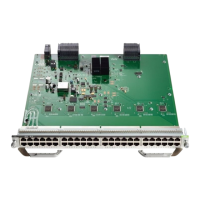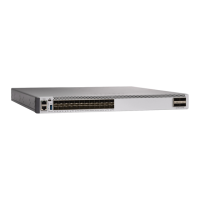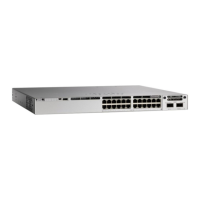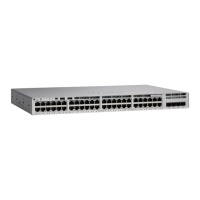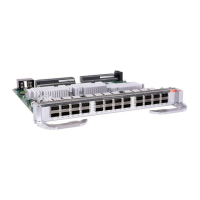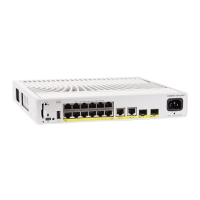PurposeCommand or Action
Exits the global configuration mode and enters
priveleged EXEC mode.
end
Example:
Step 25
Device(config)# end
(Required) Verifies HTTP connectivity. In the
output, check that SL_HTTP is active.
show ip http server session-module
Example:
Step 26
Additionally, you can also perform the
following checks :
Device# show ip http server
session-module
• From device where CSLU is installed,
verify that you can ping the product
instance. A successful ping confirms that
the product instance is reachable.
• From a Web browser on the device where
CSLU is installed verify
https://<product-instance-ip>/. This
ensures that the REST API from CSLU
to the product instance works as expected.
Setting Up a Connection to CSSM
The following steps show how to set up a Layer 3 connection to CSSM to verify network reachability. Steps
marked as "(Required)" are required for all product instances, all other steps may be required or optional,
depending the kind of product instance and network requirements. Configure the applicable commands:
Procedure
PurposeCommand or Action
Enables privileged EXEC mode. Enter your
password, if prompted.
enable
Example:
Step 1
Device> enable
Enters global configuration mode.configure terminal
Example:
Step 2
Device# configure terminal
Specifies the address of one or more name
servers to use for name and address resolution.
{ip|ipv6}name-server server-address 1
...server-address 6]
Step 3
Example:
You can specify up to six name servers.
Separate each server address with a space. The
Device(config)# ip name-server
209.165.201.1 209.165.200.225
209.165.201.14 209.165.200.230
first server specified is the primary server. The
device sends DNS queries to the primary server
first. If that query fails, the backup servers are
queried.
System Management Configuration Guide, Cisco IOS XE Bengaluru 17.4.x (Catalyst 9400 Switches)
147
Smart Licensing Using Policy
Setting Up a Connection to CSSM
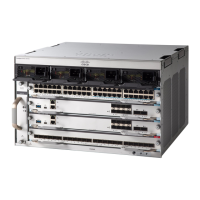
